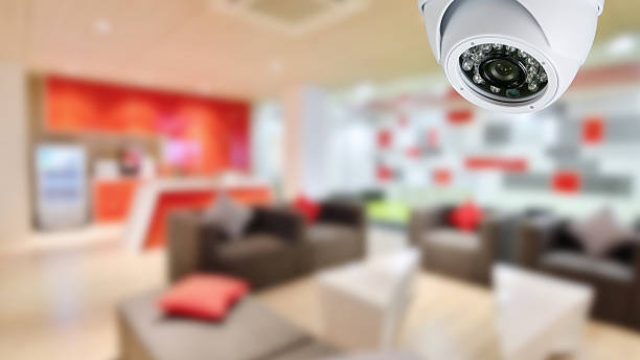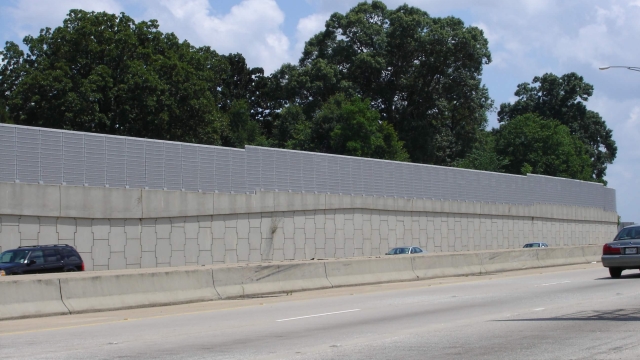In today’s world, where safety and security have become paramount concerns for individuals and communities alike, the presence of security cameras has drastically changed the landscape of our daily lives. These devices, once relegated to banks and government buildings, now adorn homes, streets, and businesses, constantly capturing and recording the ebb and flow of life around us. Their transformative power lies not only in their ability to deter crime but also in how they influence our sense of security and community.
As technology continues to evolve, the capabilities of security cameras have expanded significantly. High-definition video, night vision, and smart features, such as motion detection and remote access, have made them indispensable tools for protecting people and property. With the rise of social media and instant communication, incidents captured by these cameras can quickly become a part of the public discourse, raising awareness about safety issues and fostering a collective responsibility for each other’s well-being. The implications of this new norm are vast, reshaping our perceptions of privacy and security in ways we are still beginning to understand.
The Evolution of Security Cameras
The journey of security cameras began in the mid-20th century with the advent of closed-circuit television, or CCTV. Initially, these cameras were large, cumbersome, and primarily used for surveillance in banks and government buildings. Their primary purpose was to deter crime and monitor activities in restricted areas. As technology progressed, the cameras became smaller, more affordable, and increasingly accessible to the general public.
In the 1990s, as the internet began to flourish, a significant transformation occurred in the realm of security cameras. The introduction of IP cameras allowed users to access live footage remotely via the internet. This advancement enabled homeowners and businesses to keep an eye on their premises from anywhere in the world. The transition from analog to digital recordings also improved image quality and storage capabilities, making it easier to retrieve footage when needed.
The most recent developments in security camera technology have further revolutionized their functionality. With the integration of artificial intelligence, cameras can now recognize faces, detect motion, and even identify potential threats. Modern security cameras come equipped with features such as night vision, two-way audio, and cloud storage. These innovations have not only enhanced security measures but have also made it possible for users to customize their surveillance systems to meet specific needs, reflecting the ever-evolving landscape of security in contemporary society.
Impact on Crime Prevention
The presence of security cameras has been shown to deter potential criminal activity in various environments. When individuals are aware that they are being monitored, the likelihood of committing crimes decreases significantly. Studies have indicated that areas with visible security cameras experience lower rates of vandalism, theft, and other offenses. This deterrent effect is crucial for businesses and residential communities alike, as it promotes safety and peace of mind among residents and customers.
Moreover, security cameras enhance the ability of law enforcement agencies to respond to incidents swiftly. When a crime occurs, footage from security cameras can provide valuable evidence that helps identify suspects and reconstruct the events leading up to the crime. This not only aids in solving cases more effectively but also serves as a valuable tool for prevention, as potential offenders are aware that their actions may be recorded and subsequently scrutinized.
In addition, the installation of security cameras can foster a greater sense of community involvement in crime prevention. Residents are more likely to keep an eye on their surroundings when they know that their neighborhoods are equipped with surveillance technology. Neighborhood watch programs can leverage camera footage to monitor activities and report suspicious behavior, creating a collaborative environment that further discourages criminal acts. By instilling a collective sense of responsibility, security cameras play a pivotal role in enhancing community safety.
Privacy Concerns and Ethical Considerations
As security cameras become increasingly prevalent in public and private spaces, concerns regarding privacy have emerged at the forefront of the debate. Individuals often feel uneasy knowing they are being recorded, which can lead to feelings of being constantly monitored. This pervasive surveillance raises questions about how much control individuals have over their personal privacy and the potential for misuse of recorded footage. The presence of security cameras may inadvertently create an environment where people modify their behavior due to the awareness of being observed, which can impact personal freedoms.
Moreover, the ethical implications surrounding who gets access to the footage and how it is used are significant. There are apprehensions about the potential for abuse by those in power, including instances where footage could be used for unauthorized surveillance or profiling. Additionally, the security of the footage itself raises concerns; if data is not properly protected, sensitive information can be accessed by malicious actors. Companies and individuals that install these cameras must navigate the fine line between enhancing security and respecting the rights of those being recorded.
As technology advances, discussions around the ethical use of security cameras continue to evolve. Striking a balance between safety and privacy is crucial, and solutions such as transparent policies, public awareness, and robust data protection measures can help address some of these concerns. Engaging in open dialogues about the implications of surveillance ensures that society can develop a framework that safeguards personal liberties while promoting security.




